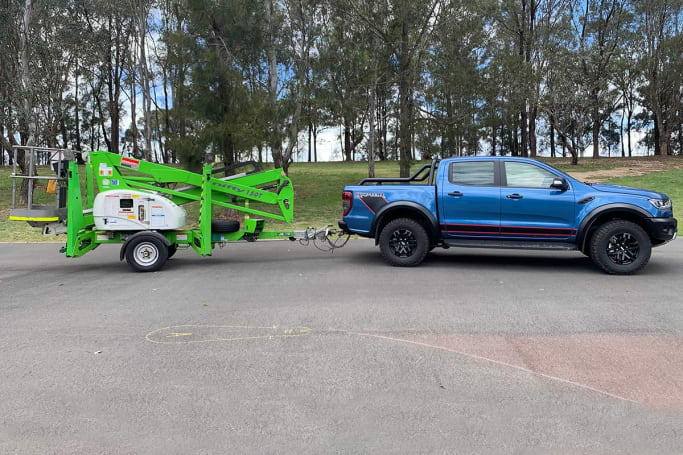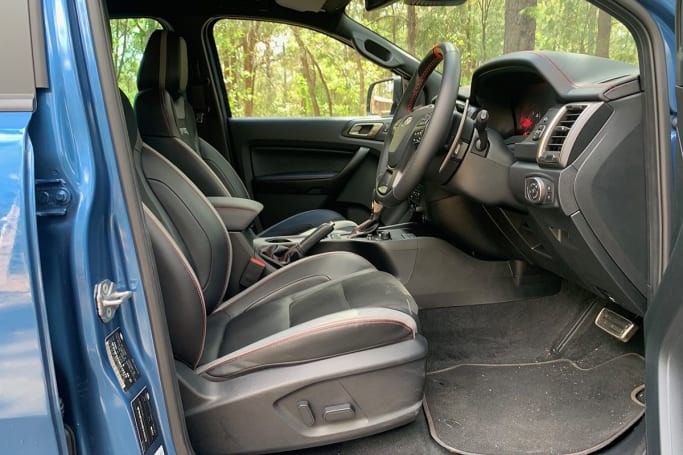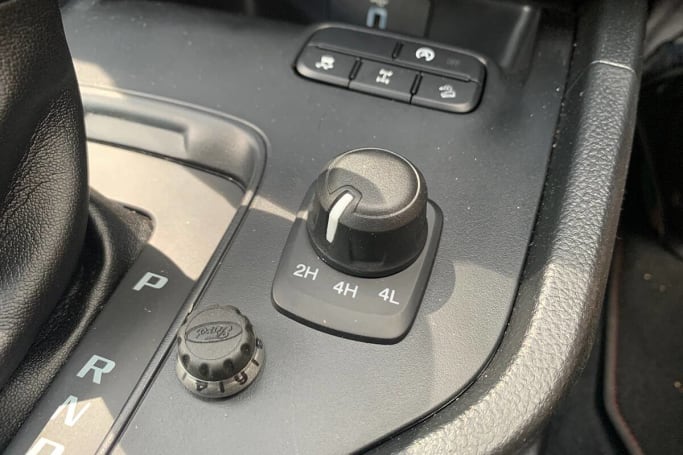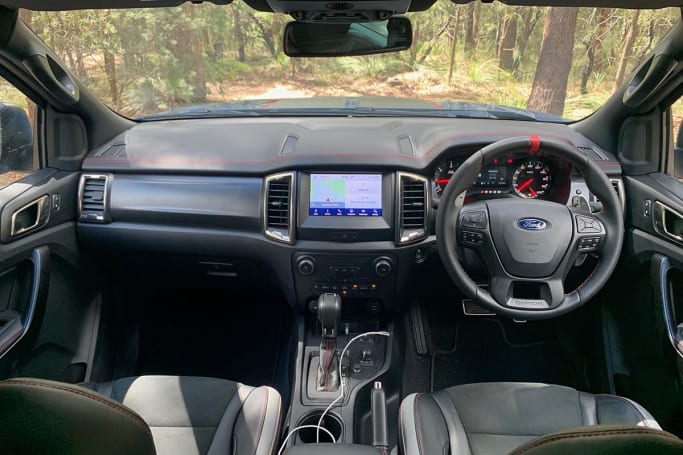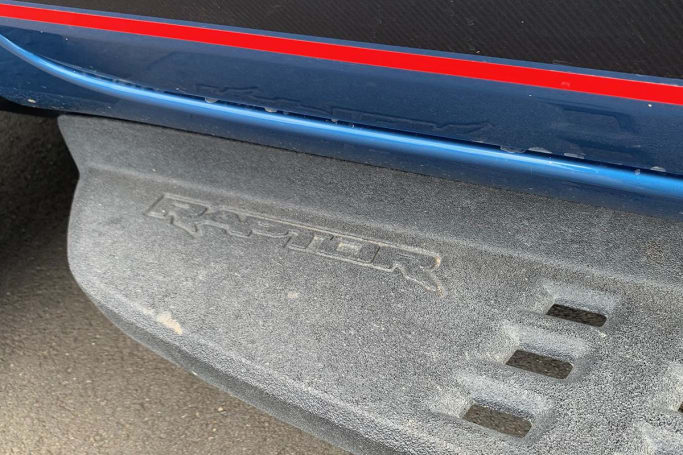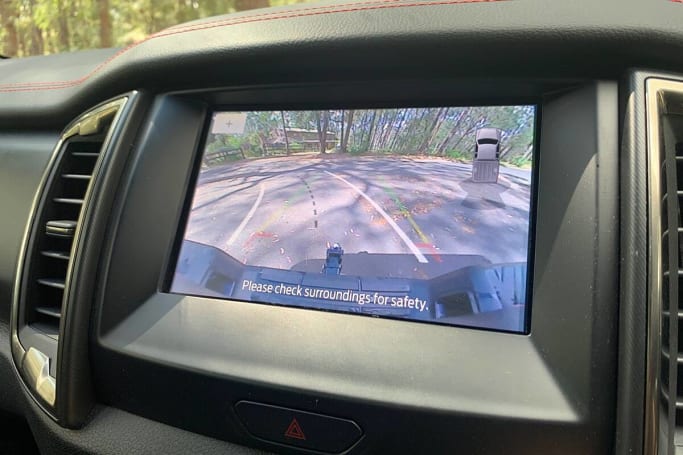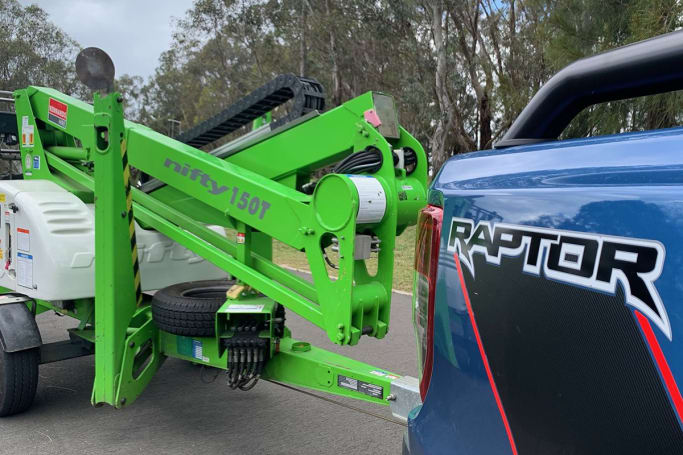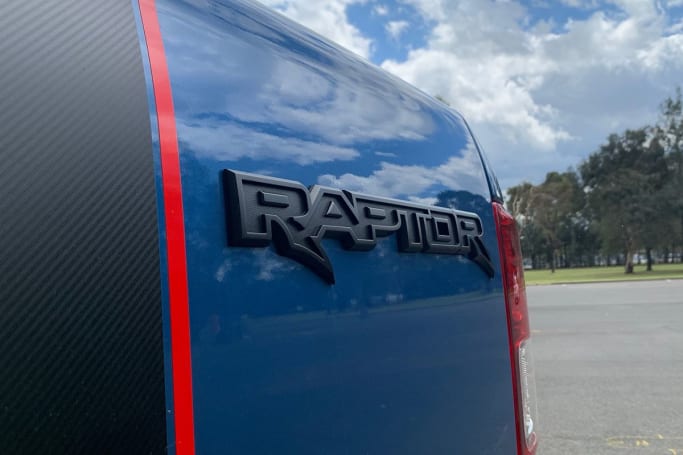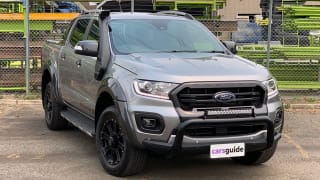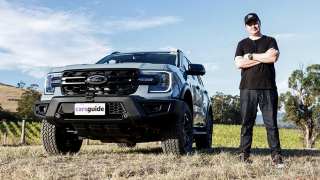It’s hard to argue the Ford Ranger Raptor X is good value.
It is the most expensive version of the PX-series Ranger line-up, listing at $79,390 plus on-road costs (MSRP). Yep. You’re looking well north of eighty grand on the road.
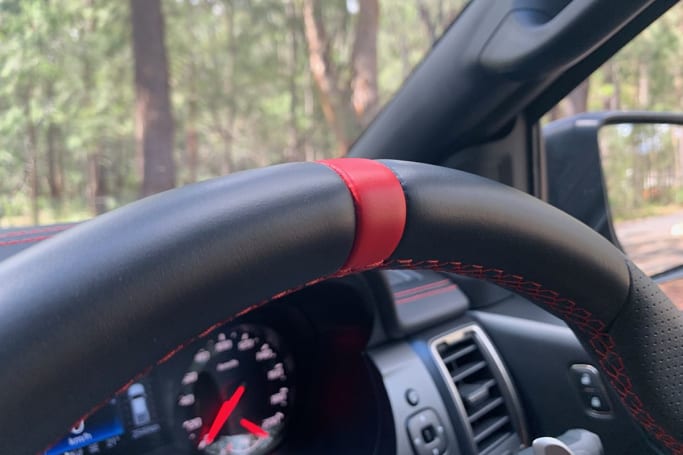
And you don’t even get all the good equipment available on some of the other Ranger models - missing from the Raptor X is adaptive cruise control and front parking sensors, which you get on Rangers costing $20,000 less.
However, the standard equipment on the Raptor X includes a wider body to house the distinct Fox Shocks dampers front and rear (with coil springs front and rear, too), as well as black 17-inch alloy wheels with 33-inch BF Goodrich KO2 Baja Champion all-terrain tyres (265/70/17), off road side steps, the F-O-R-D grille, as well as revised interior trim with red stitching to match up with the exterior sticker pack.
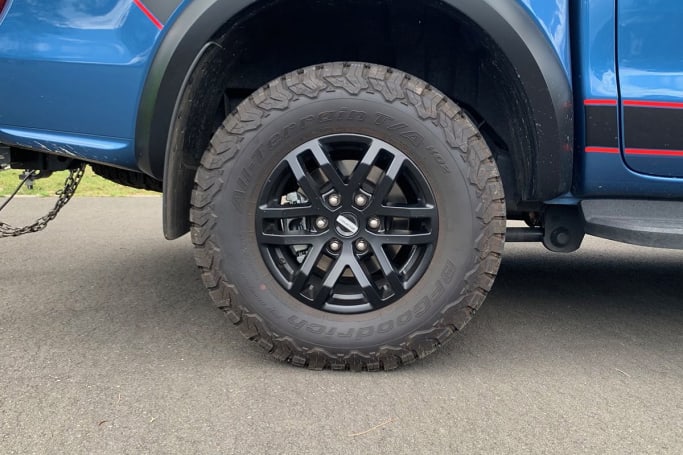
You also get an extended black sports bar, LED headlights, LED daytime running lights, a tow bar, a reversing camera, rear parking sensors, an 8.0-inch touchscreen media system with Apple CarPlay and Android Auto, sat nav, Bluetooth phone and audio streaming, keyless entry and push-button start, auto high beam lights and an extensive array of safety features - more on that in the safety section.
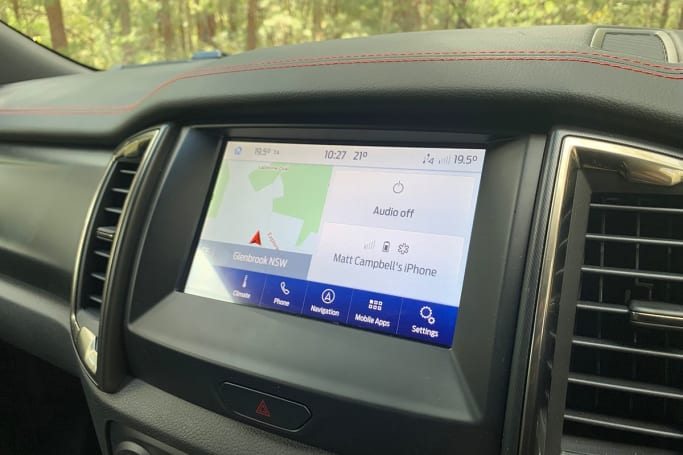
Ford Ranger colours on other grades? Plentiful. On Raptor X? Only four to choose from: Arctic White, which is free, or the optional ($650) Conquer Grey, Shadow Black or Ford Performance Blue you see here.
A little bit of historical context, here. Back in 2011 when the current-generation Ford Ranger launched, the most expensive model available was the $55K XLT. The Wildtrak pushed the envelope when it arrived in 2012 at $59,390 in auto. Then when the PXII facelift arrived in 2015, the top spec model skipped the sixty grand point, and it has been on the rise ever since. When the Raptor first arrived in 2018, it was $74,990.



